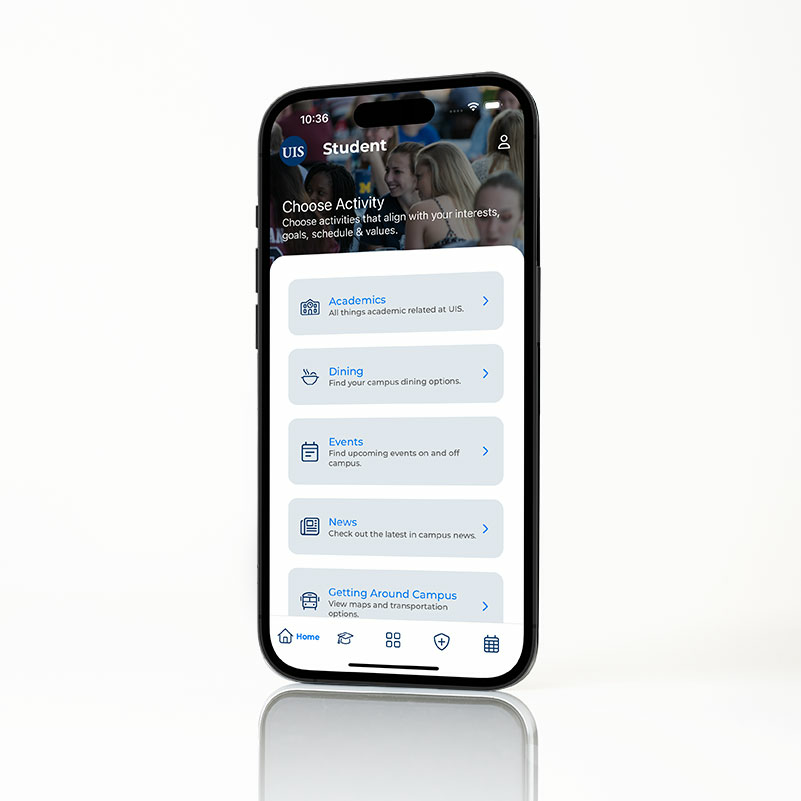App updates and upgrades are important for software developers to enhance their applications and meet user demands. These updates fix bugs, introduce new features, improve performance, and ensure compatibility with the latest operating systems and devices. For developers, updates help maintain a positive reputation and customer loyalty. Users benefit from regular updates as they show the developer’s commitment to improvement, provide exciting new features, and enhance the user experience. However, challenges may arise, such as ensuring a smooth rollout across platforms and devices, disruption during installation, and concerns about privacy policies or compatibility. Following best practices, such as open communication with users and comprehensive testing, can overcome these challenges and create a better app environment.
App Updates and Upgrades: Your Source for Cutting-Edge Features
Introduction
As technology continues to evolve at a rapid pace, software developers are constantly striving to enhance their applications and meet the growing demands of users. This ongoing process often involves releasing regular updates and upgrades that introduce new features, fix bugs, and improve overall performance. App updates and upgrades have become essential for staying on top of the latest trends and technologies, and they offer users the opportunity to enjoy cutting-edge features.
Why Are App Updates Important?
App updates serve a variety of crucial purposes. First and foremost, updates are released to address any issues or bugs that may have been discovered in previous versions of an application. By fixing these problems, developers ensure that users have a more stable and reliable experience. Secondly, updates often introduce new and improved features that enhance the functionality of an app. These features may include improved security measures, user interface enhancements, or additional tools and options.
Furthermore, updates also play a significant role in keeping apps compatible with the latest operating systems and devices. As new versions of operating systems are released, app developers need to ensure that their software remains fully functional on these platforms. By updating apps regularly, developers can ensure compatibility and avoid any potential conflicts.
The Benefits of Regular App Updates
Regular app updates offer numerous benefits to both developers and users. For developers, updates provide an opportunity to address any issues that may have been reported by users or discovered during testing. This allows them to maintain a positive reputation and build customer loyalty.
From a user’s perspective, regular updates are beneficial as they demonstrate that the developer is actively engaged with the product and is committed to its improvement. Updates show that the developer is responsive to user feedback and suggestions, actively working to resolve problems, and constantly looking for ways to enhance the app’s functionality.
Moreover, updates often bring exciting new features and improvements that can greatly enhance the user experience. These features may include advanced functionality, improved speed and efficiency, integration with other platforms and services, and much more. By keeping apps updated, users can take advantage of the latest innovations and stay ahead of the curve.
The Challenges of App Updates and Upgrades
While app updates and upgrades serve an important purpose, they may also present some challenges for both developers and users. For developers, ensuring a smooth rollout of updates across various platforms and devices can be a complex task. Different operating systems, devices, and compatibility issues can sometimes lead to unexpected problems or delays.
From a user’s perspective, updating an app can sometimes be disruptive. Updates may require large downloads, temporarily disrupt app functionality during installation, or even require users to learn new interfaces or features. Some users may also be hesitant to install updates due to concerns about changes in privacy policies or potential compatibility issues with other apps on their devices.
Best Practices for Efficient App Updates and Upgrades
To ensure a smooth and efficient app update or upgrade process, developers can follow these best practices:
1. Regularly Communicate with Users
Developers should maintain open lines of communication with users, informing them about upcoming updates, bug fixes, and new features. This helps manage user expectations and ensures that users are aware of the progress being made.
2. Prioritize Bug Fixes and User Feedback
Listening to user feedback and promptly addressing reported bugs is essential for maintaining customer satisfaction. Developers should prioritize fixing critical issues to provide a stable and reliable app experience.
3. Comprehensive Testing
Before rolling out updates, developers should rigorously test their applications on various devices and operating systems to ensure compatibility and identify any potential issues.
4. Provide Clear Release Notes
Include detailed release notes that outline what changes and improvements have been made. This enables users to better understand the benefits of updating and eases concerns about compatibility or potential disruptions.
5. Offer Opt-Out Options for Major Changes
If introducing significant changes or new features that may disrupt the user experience, provide users with the option to opt-out or delay the update. This allows users to adapt to changes at their own pace.
Conclusion
App updates and upgrades are vital for staying current with technology and accessing cutting-edge features. They ensure app compatibility, fix bugs, and introduce new functionalities, ultimately enhancing the user experience. While challenges may arise during the update process, following best practices and maintaining open communication with users can help developers overcome these obstacles. By embracing regular updates, both developers and users can benefit from a more reliable, secure, and feature-rich app environment.
